The Beer Can HouseJohn Milkovisch (1912-1988)
Extant
222 Malone St, Houston, TX, 77007, United States
begun 1968
The Beer Can House is currently open Saturday & Sunday, from 12-5pm, weather permitting. Admission to The Beer Can House is $5.00. Children under 12 are FREE.
About the Artist/Site
Eating oranges and drinking orange juice is good for us—this we know. But drinking beer has its virtues as well, and no one expressed their love for beer more ardently, or recycled their empties more artistically, than John Milkovisch. Beginning in 1968, the retired upholsterer for the Southern Pacific Railroad began altering his home and garden at 222 Malone, in Houston’s Rice Military neighborhood, one beer can at a time. After 18 years of work (and an innumerable number of beer cans) he transformed his typical bungalow into an elegant and original showplace. He covered the exterior walls with flattened beer cans in quilt-like patterns. He festooned the eves with garlands of beer can ends and flip tops that tinkle in the breeze. He covered the front and back yards, sidewalk, and driveway with inlaid concrete, punctuated with raised garden beds and other flourishes.
Naturally, 222 Malone became known as the Beer Can House. Milkovisch was a talented artist and craftsman with a keen eye for the formal elements of color, pattern, texture, and light, and he created a stunning and original cohesive composition. In Houston, which may be the largest city in the world without municipal zoning laws, small homeowners groups set localized building restrictions. As a result, neighborhoods vary considerably with regard to the scale and style of buildings. Since Milkovisch retained the lines, shape, and openings of the bungalow, the Beer Can House blended into the bungalow-studded neighborhood with ease. It was both extraordinary and original, yet still related to the vernacular vocabulary—a bungalow in beer can clothing.
John Milkovisch suffered a stroke in 1987 and passed away in 1988. In 2001 the Orange Show Foundation, with its commitment to Houston’s self-taught and vernacular treasures and culture, acquired the Beer Can House from the Milkovisch family. At the time it appeared to be a viable project with a fairly simple transition, from a privately owned home, to a site under the wing of an arts organization.
At the time the Orange Show Foundation took on the Beer Can House, however, the deterioration process of the house and cladding was imminent, and the neighborhood itself was undergoing a transformation. Real estate prices had risen from $2 to $32 per square foot within seven years. The consistency of scale of the surrounding neighborhood began to change radically, as one-story bungalows set back from the street were replaced by enormous condominium developments of four and five units hugging the street and lot lines. The Beer Can House was soon flanked on both sides by architecturally-vacant behemoths. The new buildings engulfed and dwarfed the Beer Can House, irrevocably changed its visual and historical context, and changed the environmental conditions––blocking circulation, condensing heat and humidity around the building, and flooding it with rainwater run-off––thus accelerating its deterioration.
The Orange Show board and staff realized that they had acquired an art environment in crisis that demanded immediate attention, and a transfusion of ideas and resources. Faced with complex physical and philosophical challenges and their implications, they considered two options: move the entire site––building and hardscape––to land adjacent to the Orange Show, which could be acquired at a much lower cost, would focus staff and other resources at a single campus, and would offer the public a cluster of cultural attractions, or, preserve it in situ, allowing it to maintain the integrity of its history and location, and to continue to perform as a cultural treasure within a rapidly changing landscape. Neither option was without major challenges.
The Orange Show board and staff knew that their decision would be closely watched by the historic preservation and art environment communities. In order to explore the options with institutional transparency, and to consider a range of opinions, they hosted a retreat in 2005, inviting artists, architects, preservationists, and others from Houston’s civic and cultural communities. The meeting was a spirited exchange of ideas and opinions that eventually led to the decision to preserve the site in situ. This decision is consonant with a primary tenet of contemporary historic preservation theory: that a site divorced from its original location, and all contexts related to that location, no matter how carefully restored, loses a large measure of its integrity.
Major conservation efforts were celebrated in 2007 and site conservation is ongoing. The transformation of the Beer Can House from its previous condition, of being compromised in almost every way possible, to its renewed life as a treasure of Houston's artistic and cultural landscape, is astonishing. Beautifully restored, the Beer Can House endures as an architectural and artistic treasure, and an anchor that will connect the neighborhood’s past with its malleable future. (And a testament to the pleasures of a frosty beer!)
~Lisa Stone
Contributors
Materials
beer cans, recycled materials
SPACES Archives Holdings
35mm slides
Map & Site Information
222 Malone St
Houston, TX, 77007
us
Latitude/Longitude: 29.7637679 / -95.4190125
Nearby Environments


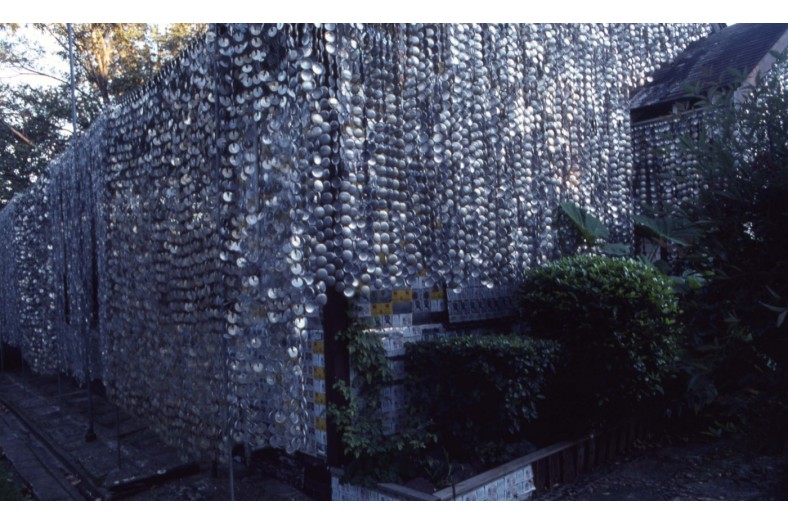
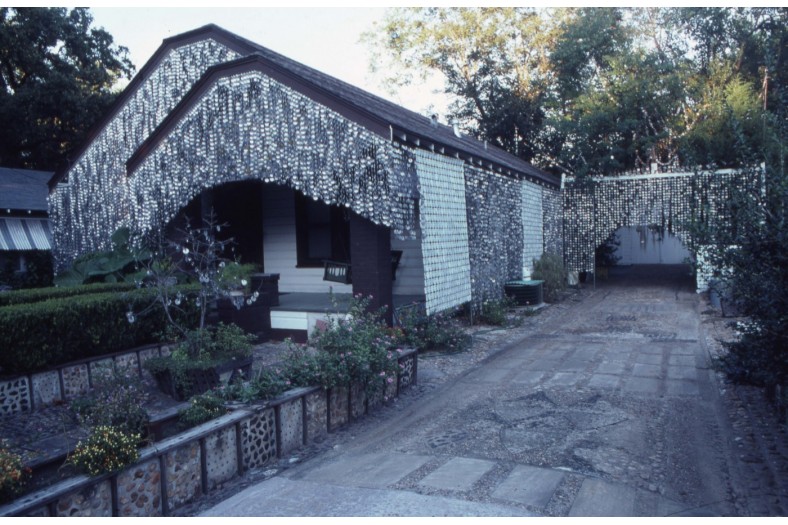
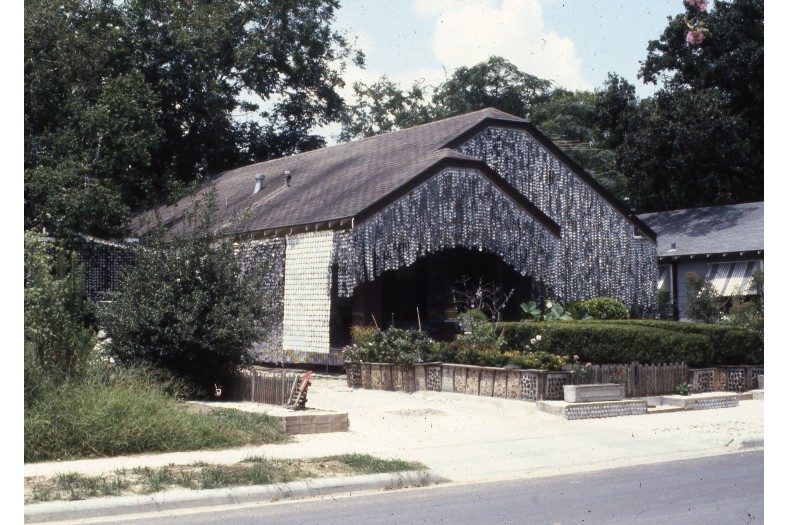
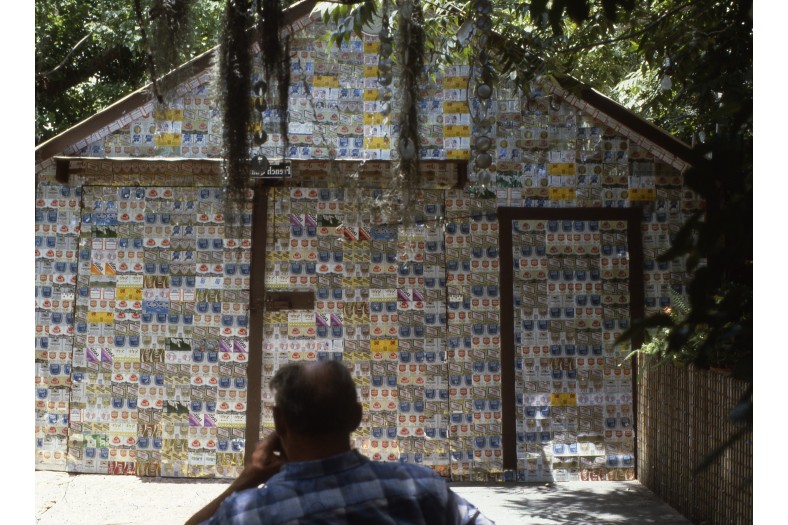
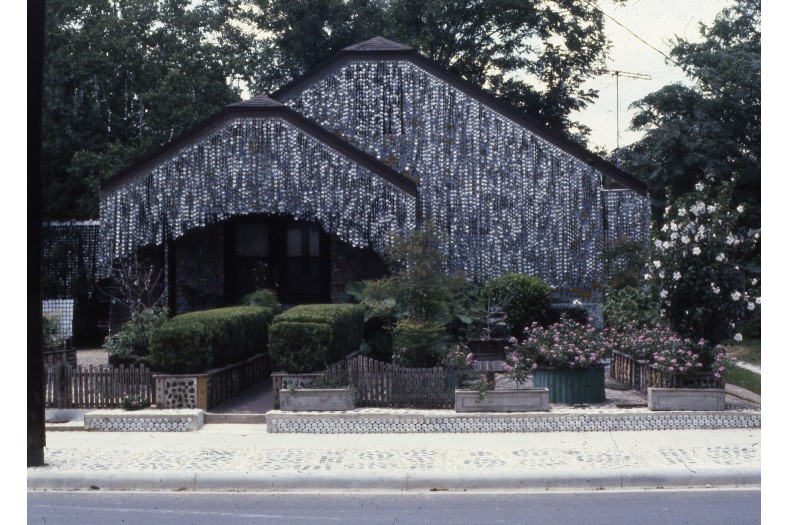
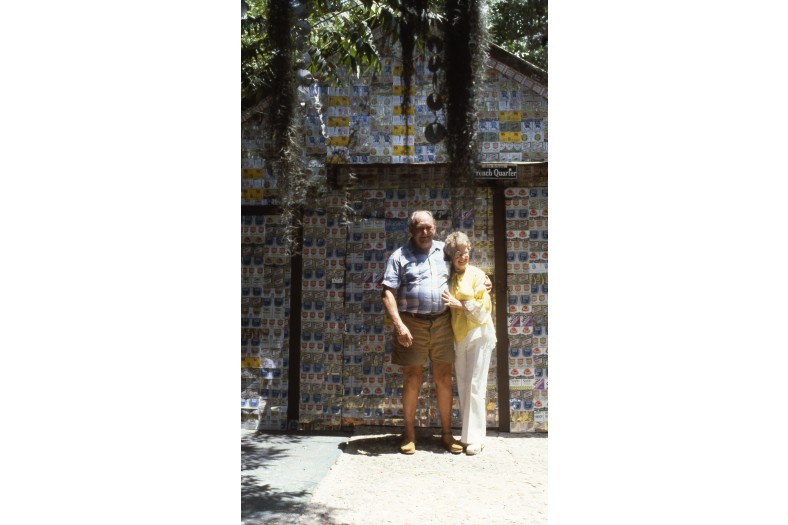
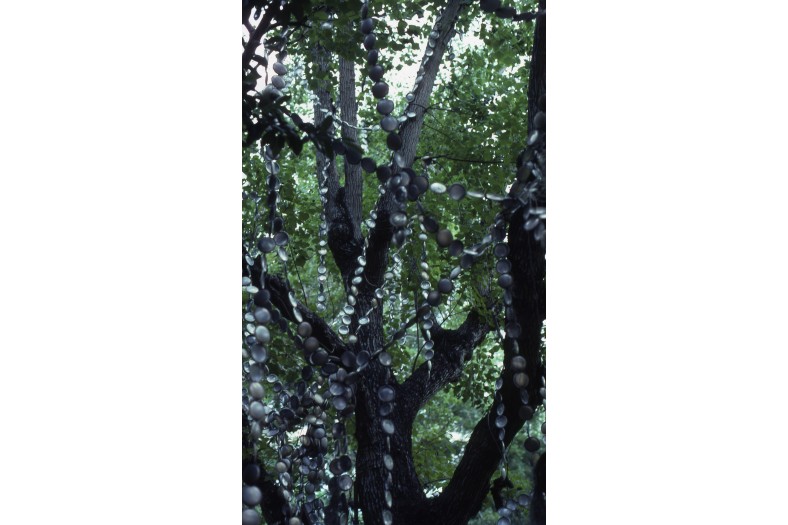

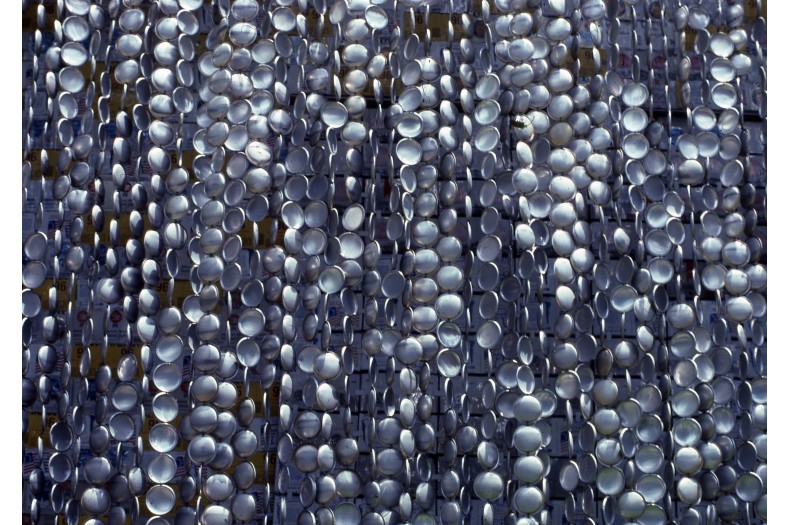
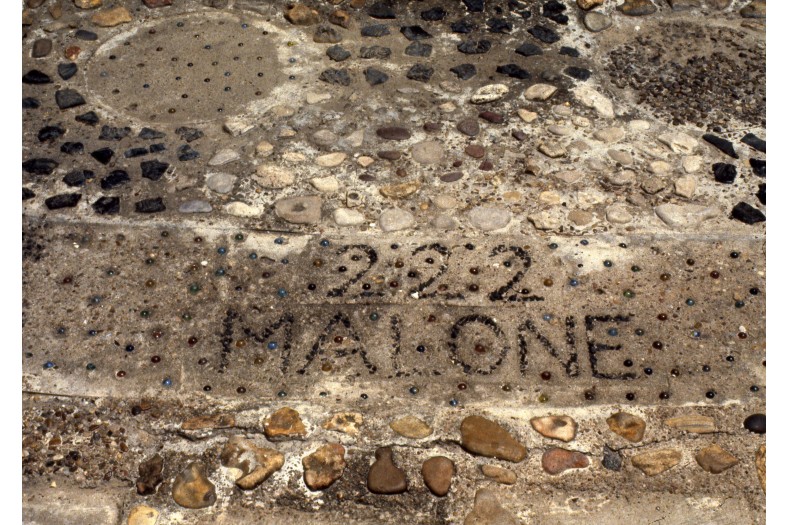
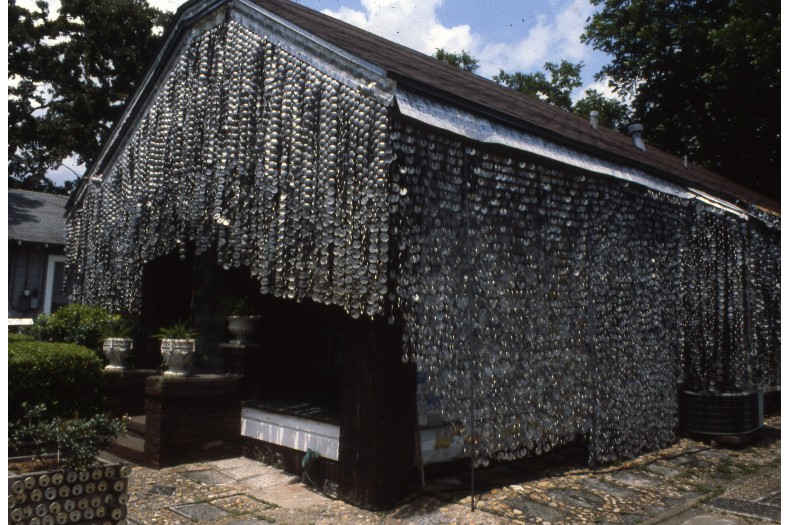
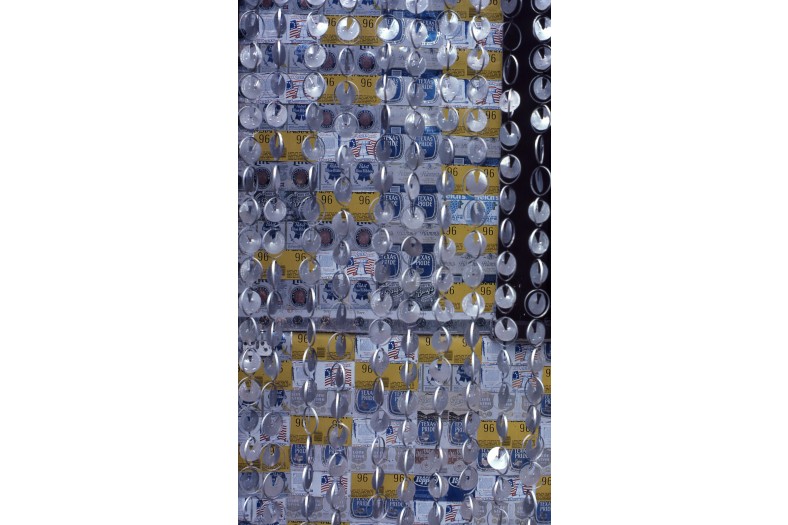
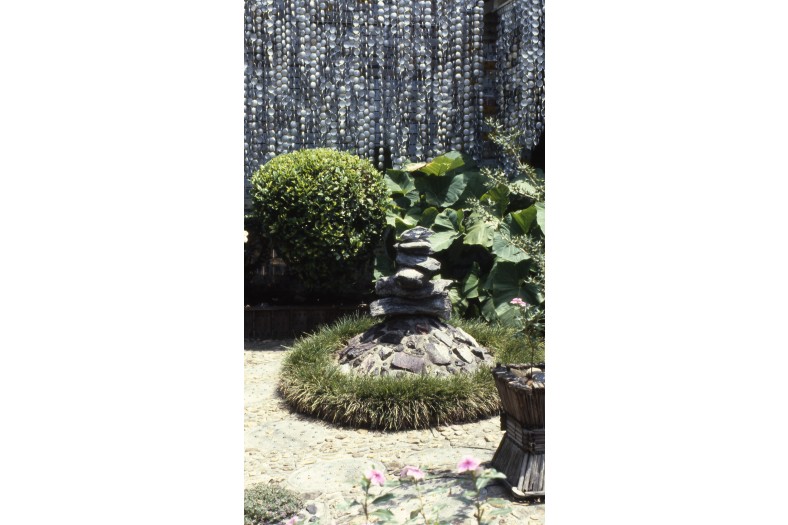

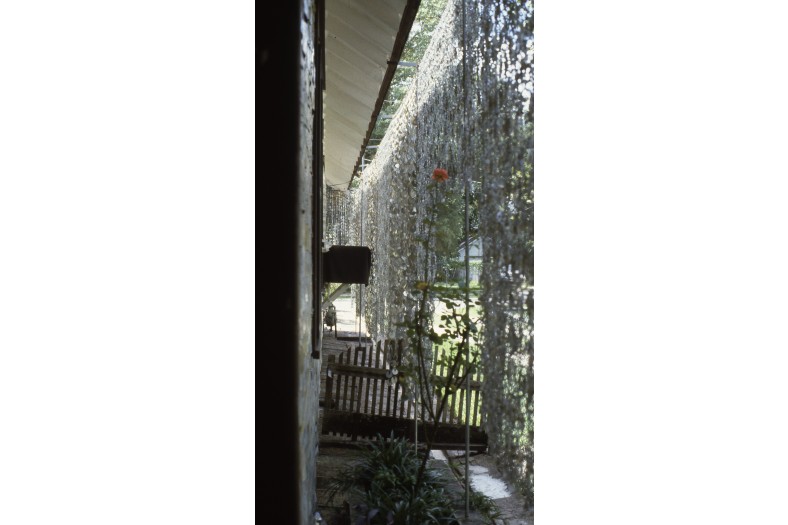
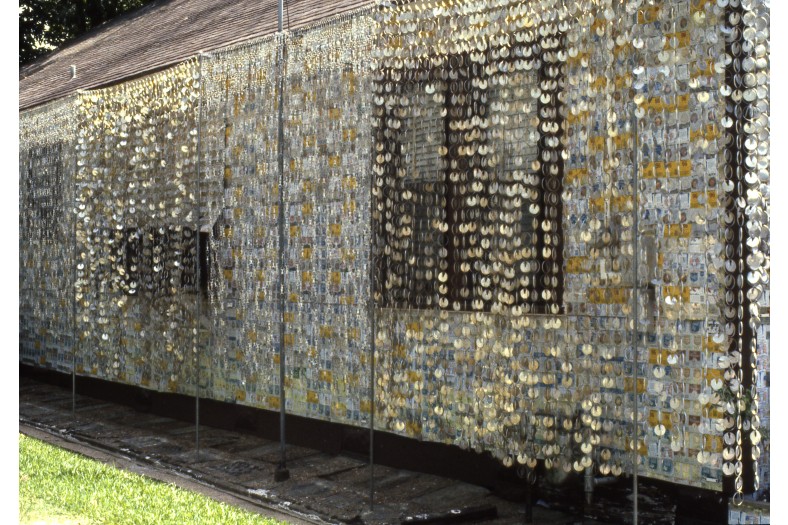
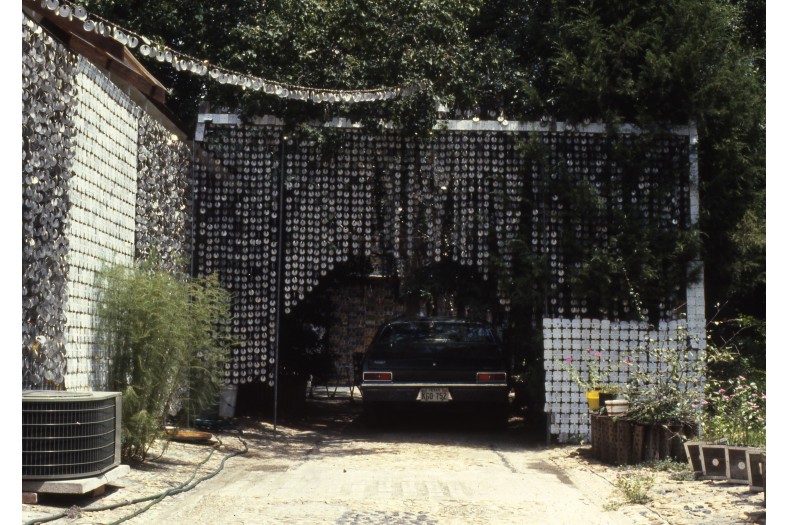
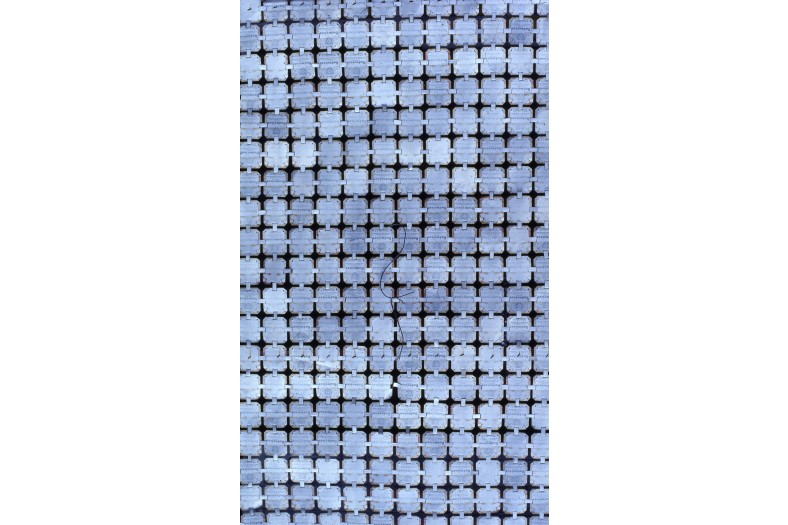
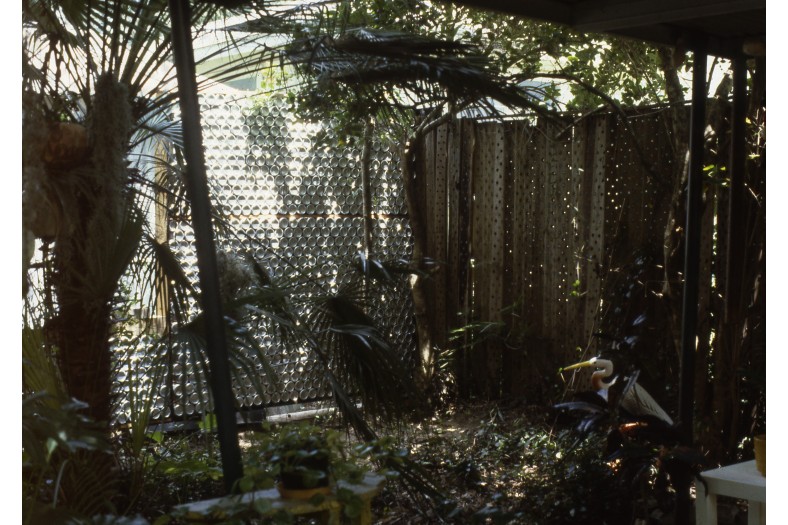
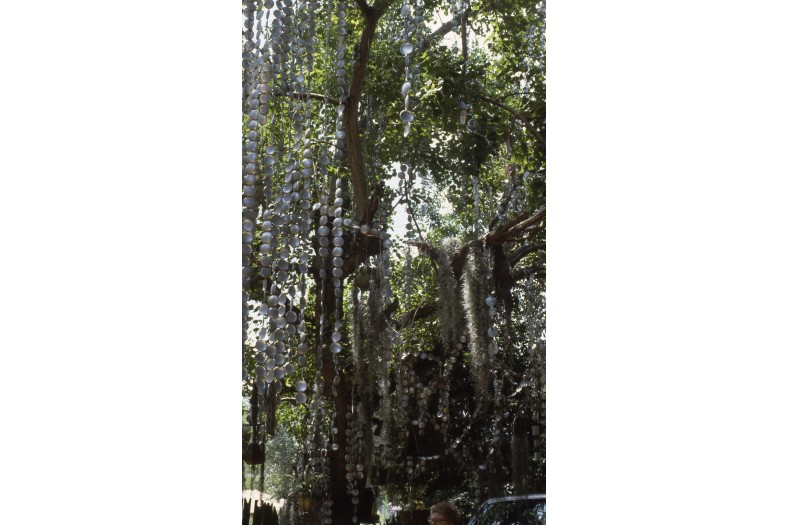
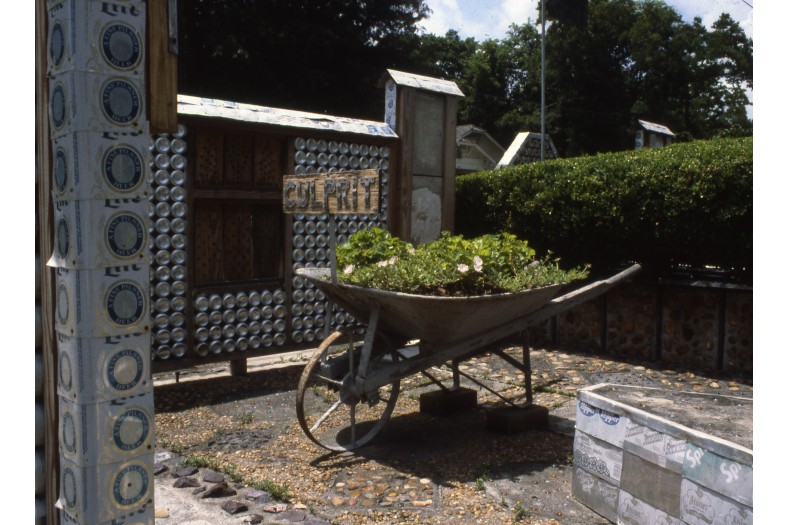
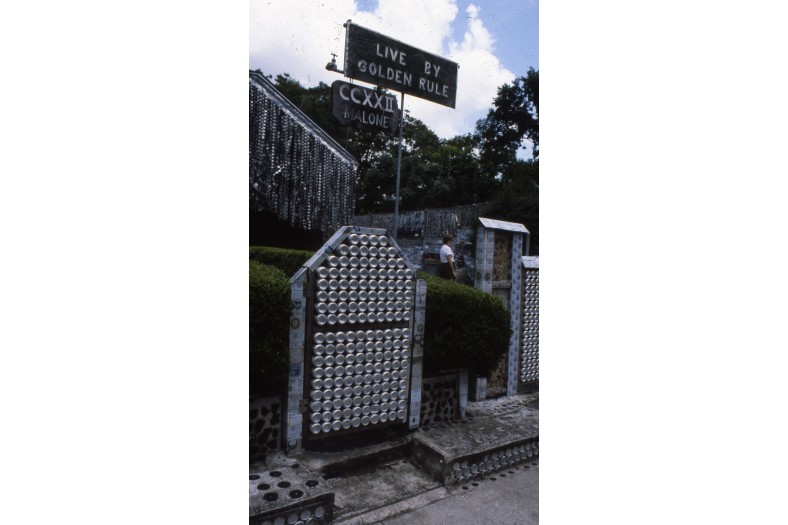
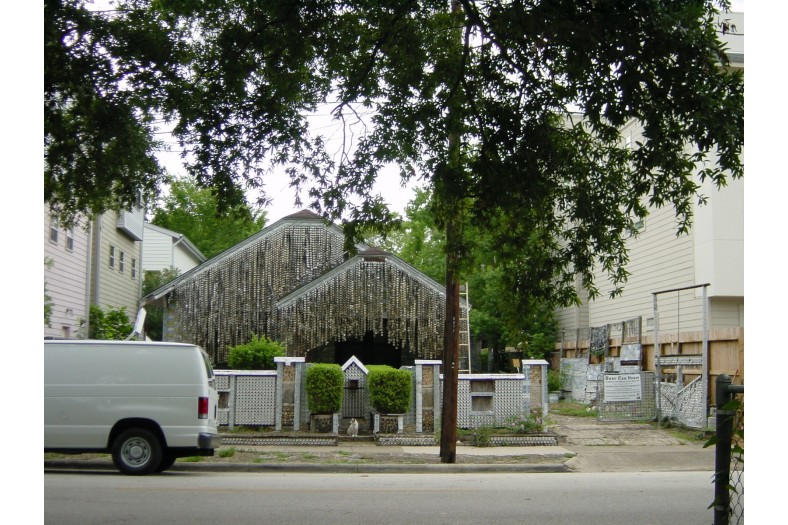
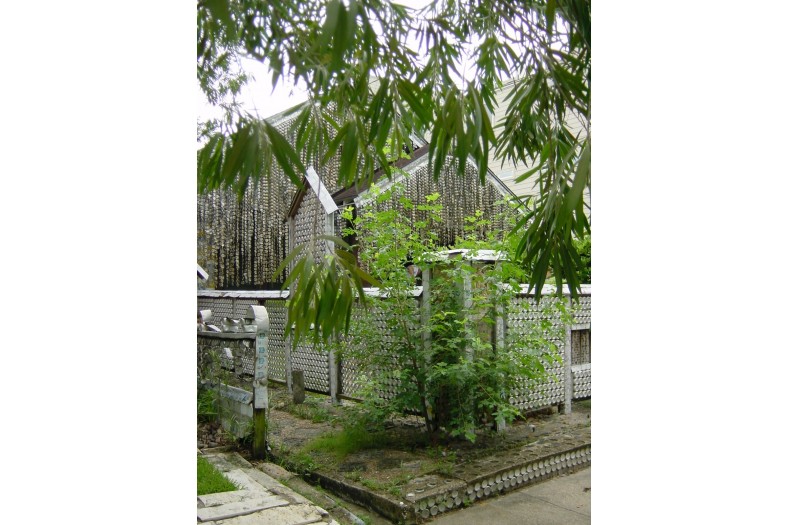
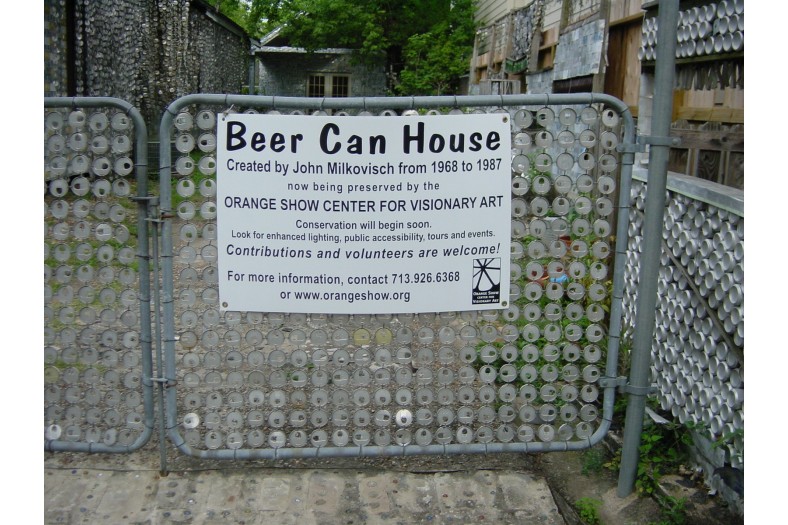
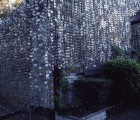
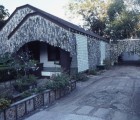
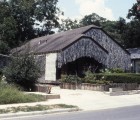
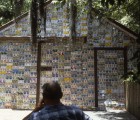
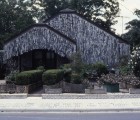
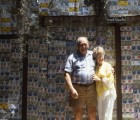




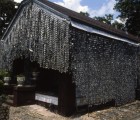


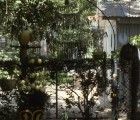
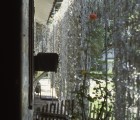
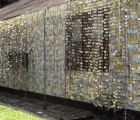
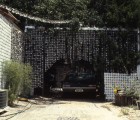



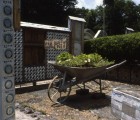
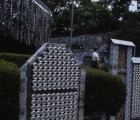
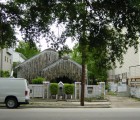
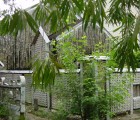
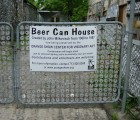
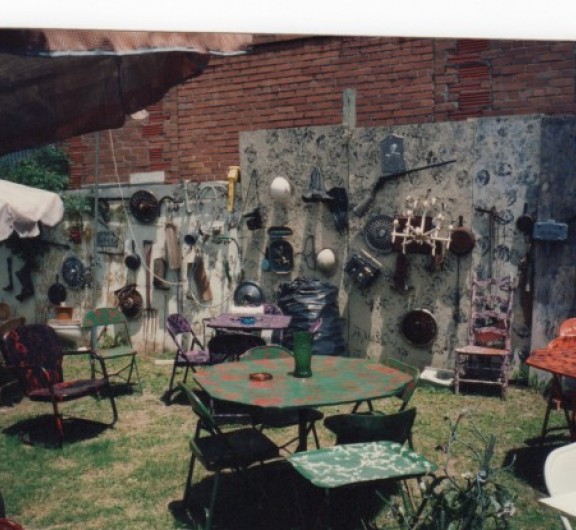
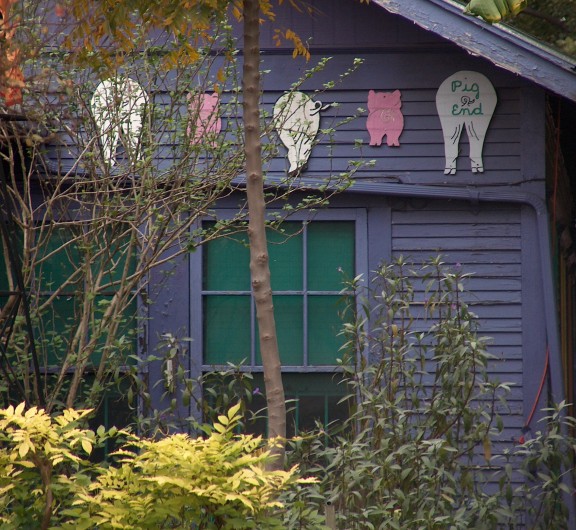
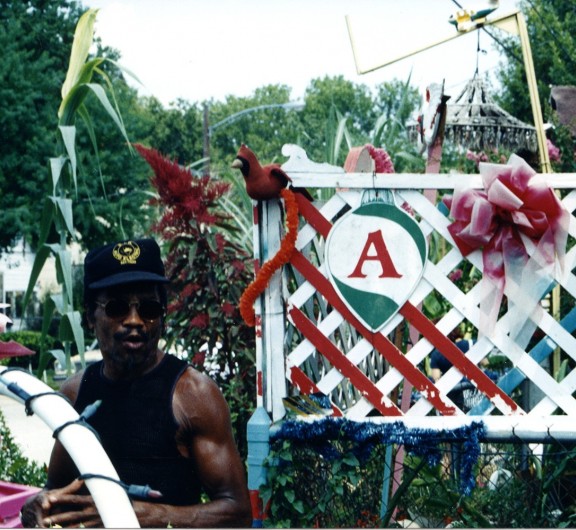

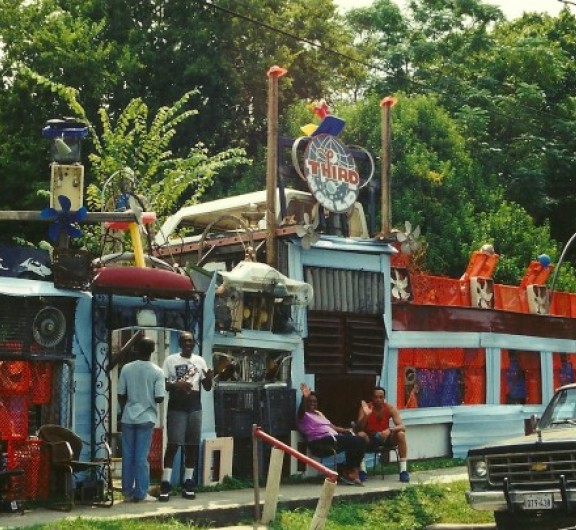
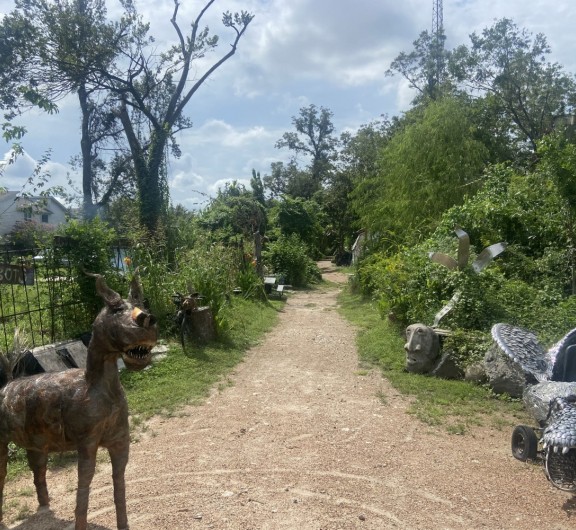

Post your comment
Comments
No one has commented on this page yet.